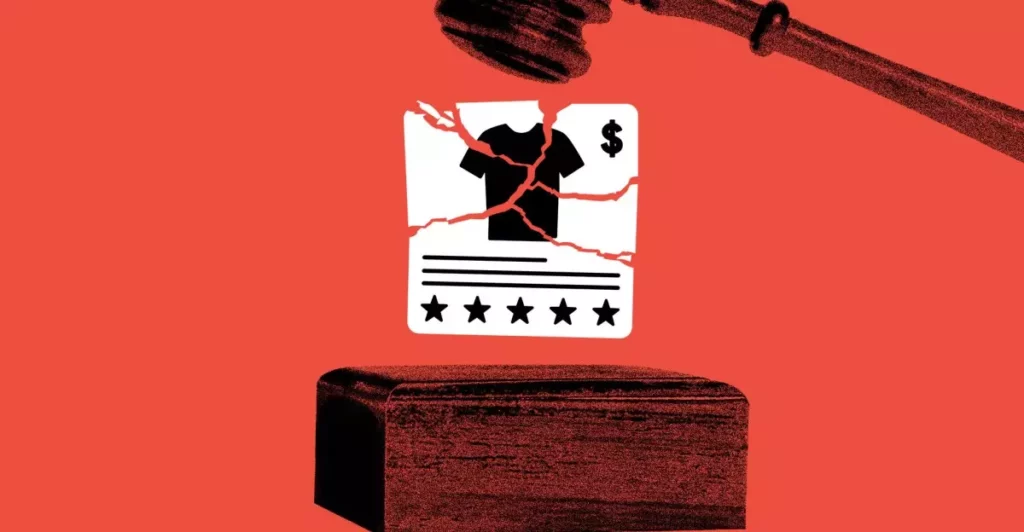In the ongoing tug-of-war between legacy banking institutions and the innovative force of the cryptocurrency industry, the recent debates on regulatory frameworks reveal more than just technical disagreements—they expose a fundamental struggle over the future of financial liberty. The banks, wielding decades of influence and entrenched interests, are fiercely resisting the emergence of stablecoin rewards that threaten to erode their established revenue streams. Coinbase CEO Brian Armstrong’s candid remarks expose a core truth: the banks’ opposition is driven not solely by consumer protection but by the fear of losing a lucrative control over interest-based profit models. While traditional banks tout stability and safety, their resistance to rewards structures offered by crypto exchanges indicates a protective stance that favors incumbency over consumer choice.
The government’s role in this complex web is equally troubling. By passing legislation like the GENIUS Act, ostensibly to regulate the space, policymakers risk inadvertently favoring the entrenched financial giants at the expense of innovation and consumer empowerment. The so-called “boogeyman” of deposit erosion is a convenient narrative fabricated by big banks to justify maintaining their dominance. However, the reality is that disruptive financial technologies like stablecoins pose a challenge that cannot be dismissed with fear-mongering or regulatory overreach. Instead, they demand a nuanced understanding of meritocracy and competition, principles that should underpin a healthy capitalist society.
The Regulatory Landscape: Power, Influence, and the Battle for Market Principles
The regulatory maneuvers surrounding crypto reward offerings reveal an underlying power struggle. Banking advocacy groups, both at the national and state levels, advocate fiercely to close perceived “loopholes” that would enable crypto exchanges to offer interest-like rewards. Their argument hinges on safeguarding deposit-based lending—the lifeblood of the economy—arguing that shifting funds into stablecoins would undermine the traditional banking model. While these claims seem logical on the surface, they dismiss the reality that consumers increasingly seek alternative options that prioritize profit, efficiency, and autonomy.
Coinbase’s assertion that they are being unfairly targeted exposes the hypocrisy within the system. The desire of banks to protect a $180 billion payment business is understandable, but it raises questions about whether monopolistic tendencies are coloring the framing of these regulations. The core of the issue isn’t really consumer safety but the preservation of a financial status quo that impairs competition. This resistance to adaptation fosters a climate where innovation is stifled under the guise of protecting the economy’s stability while, in reality, empowering the big banks and their entrenched interests.
Jamie Dimon’s comments, suggesting regulators “need to be thoughtful,” mask a more subtle desire: to delay or dilute reforms that threaten the banks’ dominance. Meanwhile, the crypto industry’s pushback highlights a broader ideological divide: Should financial markets be an open race or a protected sandbox? Consumer choice and technological progress should favor the former, yet the current regulatory momentum leans heavily toward preserving the latter.
The Future of Financial Freedom: Winning or Losing?
The real question is whether the balance of power will shift toward a more competitive and innovative financial ecosystem or remain in the hands of the old guard. The resistance from banks, coupled with legislative efforts like the GENIUS Act, suggests that the battle is far from over. The industry’s champions—like Armstrong—rightly see these regulatory challenges as attempts to protect profits at the expense of consumer liberty and technological progress.
From a center-right liberal perspective, fostering a free market where competing ideas and technologies thrive is essential for economic vitality. Over-regulation, especially when driven by powerful incumbents, risks turning markets into protected privileges rather than arenas of opportunity. Stablecoins and reward programs represent a democratization of finance, not a threat; they are tools that empower individuals to manage their assets directly, bypassing inefficient and often parasitic banking layers.
The potential outmigration of trillions of dollars from traditional deposits into stablecoins could serve as a wake-up call for banks and regulators alike. Instead of adopting a defensive posture rooted in fear and preservation, a forward-looking stance would recognize this shift as a chance to foster a genuinely competitive and consumer-centric financial landscape. In this environment, policy should aim for transparency, fairness, and level playing fields—free from the undue influence of entrenched financial aristocracies. Only then can innovation truly flourish, shaping an economy that values adaptability, choice, and individual financial sovereignty.









Leave a Reply